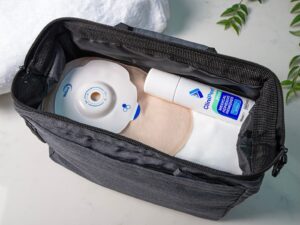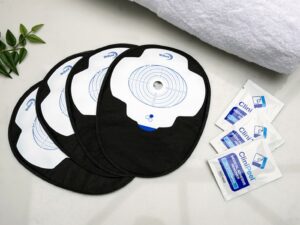Our guides and resources provide information and education to help patients succeed before and after surgery. We also provide educational support to healthcare professionals to develop clinical knowledge.
Filter
Article
How to Use the Appeel Sterile Range – A Step‑by‑Step Guide
This page brings together clear, concise video demonstrations showing how to use each format in the Appeel Sterile range; sachet, foam applicator, wipes and spray – to help support best practice in clinical care.
Article
HCP
Maintaining Skin Integrity in Diabetic Foot Ulcer Care: The Role of Appeel® Sterile
Three case studies, conducted by podiatrists, demonstrate how the Appeel Sterile Spray supports atraumatic dressing removal, especially for patients with fragile skin often seen with diabetes and peripheral arterial disease.
E-Learning
HCP
JCN Products in Practice: LBF Barrier Range
This free 30-minute CPD-accredited course is produced in conjunction with Journal of Community Nursing. It explores the need for barrier products, the benefits and uses of LBF cream and barrier film and the clinical evidence supporting its use.
E-Learning
HCP
JCN Products in Practice: Appeel Sterile
This free 30-minute CPD-accredited course is produced in conjunction with Journal of Community Nursing. It explores the need for medical adhesive removers, the benefits and uses of Appeel sterile medical adhesive remover and the clinical evidence supporting its use.
E-Learning
HCP
Understanding and Preventing MARSIs
This free one-hour CPD-accredited course has been produced in association with Wounds UK. The online course covers the importance of healthy skin, how you can identify skin at risk of damage and strategies you can use to protect it.
E-Learning
HCP
Wound Malodour: An Overview
This free one-hour CPD-accredited course has been produced in association with Wounds UK. The online course covers what malodour is, strategies to treat it and assessment tools and tips to help you assess malodour and use in your clinical practice.
E-Learning
HCP
Maintaining Skin Integrity
This is a free one-hour CPD-accredited online learning module produced alongside Wounds UK. It provides essential information on the importance of the skin as an organ and why maintaining skin integrity is vital to prevent further complications.



